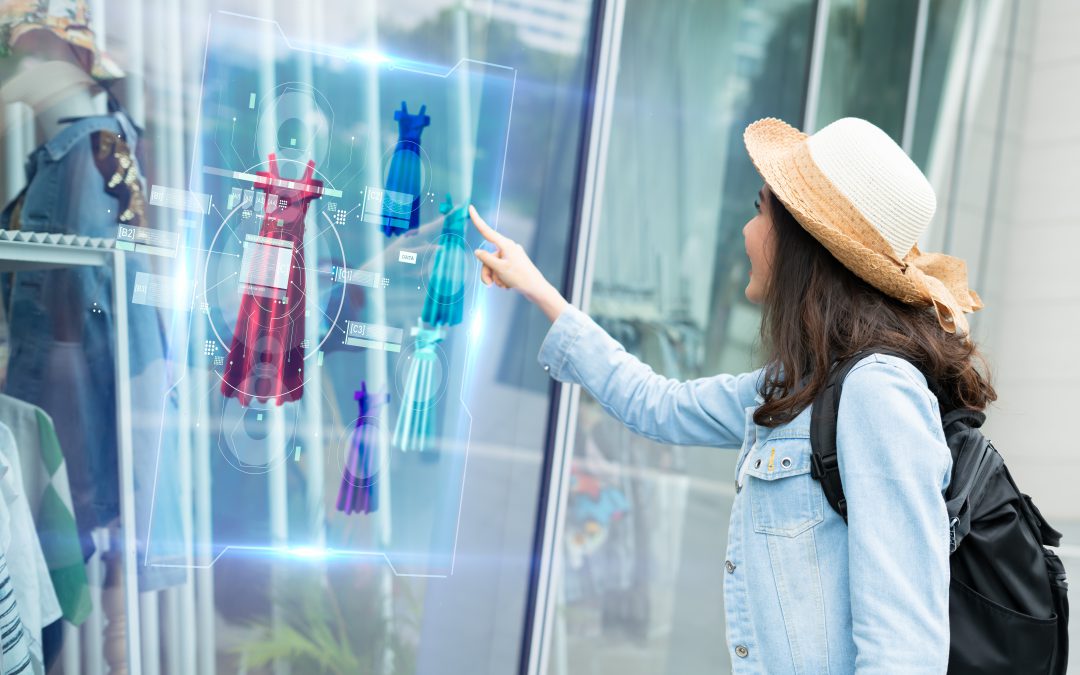By Lakshmi Surya
Assistant Professor, Fashion Design
Pearl Academy
Generative Artificial Intelligence has altered the world of business making life easier. It has no doubt created a new set of opportunities for businesses and professionals who were dependent on old-age technology to achieve success in their businesses. Fashion industry has a huge supply chain that involves consumption and production at various stages in making a single product. Fashion supply chain is a complex chain involving various stakeholders. Generative AI technology has the power of influence and impact each of these stages helping stakeholders in saving time & money. Generative AI is transforming the entire fashion ecosystem, from product creation to supply chain logistics, retail stores, marketing, consumer choices and even styling.
With fashion weeks wrapped up in London, Milan, New York, and Paris, brands are now working religiously to create and sell the designs they showcased on runways, all while working on the next season’s collection. In the future, it’s entirely possible that, with the power of generative AI, those designs will blend the prowess of a creative director, thus helping to bring clothes and accessories to market faster, selling them more efficiently, and improving the customer experience.
While still in its formative stages, generative AI holds the potential to help fashion businesses become more productive, get to market faster, and serve customers better. Now broadly available, it has the power to act as a game changer in many aspects of business. If we go by the McKinsey analysis, in the next three to five years, generative AI could add $150 billion, conservatively, and up to $275 billion to the apparel, fashion, and luxury sectors’ operating profits.
Generative AI has a lot of potential that is yet to be explored. From codesigning to speeding content development processes, generative AI has the ability to create new space for creativity. It can input all forms of “unstructured” data, including raw text, images, and video and is able to create realistic virtual models for video campaigns. Within product innovation, marketing, and sales and customer experience in particular, the technology has significant outcomes and may be more feasible to implement in fashion value chain.
Value Addition by Generative AI
With supremacy in augmentation and acceleration, Generative AI offers creatives and fashion professionals the technological tools to do certain tasks dramatically faster, thus saving them the time that otherwise they would have been spending on things that were dependent on humans to complete. This has had a direct impact on customer service as it is now automated, thus leaving designers with considerable time at hand to rapidly churn out design concepts and colour ways.
Retailers are implementing AI to replace photoshoots and also to predict what people will want to buy and wear in the future. International brands are using AI to personalize how people shop online. It pulls items of clothing from brands and retailers’ websites and shows them in a feed within the app. Think of it as a clothing version of Tinder: if users like the dress being shown, they tap “yes”. If they’re not interested, they tap “no”. Also, fashion retailers are using regenerative AI to make their businesses more efficient, thus replacing photoshoots and predicting what people would want to buy and wear soon. For instance, Startup Finesse is using AI to scan the web to predict what the next trend may be, and then use algorithmic design to quickly produce small runs of clothing within 25 days. The firm says it is using 3D modelling software for all of its gender-neutral clothing to curb costs and cut down on the amount of waste that is generated whilst creating samples.
Assists hyper-personalization.
Generative AI is being used by designers for next-level personalization of products and experiences for consumers. This is being done via e-commerce sites, targeted ads, and in-store experiences amongst others. To note, until now, personalization was largely dependent on micro-segmentation by grouping customers according to their interests, age group, or location. With GAI, however, there has been a lot of automation to deliver hyper-personalization, thus allowing brands to create complete, multi-channel campaigns using AI and insights on effective content from 1.4 trillion Attentive data points.
New Establishments
Generative AI can help with visual merchandising and creative displays. As brands open more store locations, they need visual merchandising that expresses the brand identity globally but is also tailored to the context of each store. It can also be used to provide personalized product recommendations on brands’ websites and mobile apps using consumer data from specific markets. It also helps to leverage consumer mobility data to customize stores to the unique needs and interests of local consumers, and open new stores where demands are high.
The technology is still in its early stages and comes with risks, both for businesses and their employees. Businesses that have begun using generative AI have spoken about how GAI has helped enhance creativity and greater efficiency as it allows them to execute ideas and automate time-consuming work more easily. There are many, though, who are worried about losing their jobs as the advancement threatens people’s work and can potentially replace them in the coming future.












